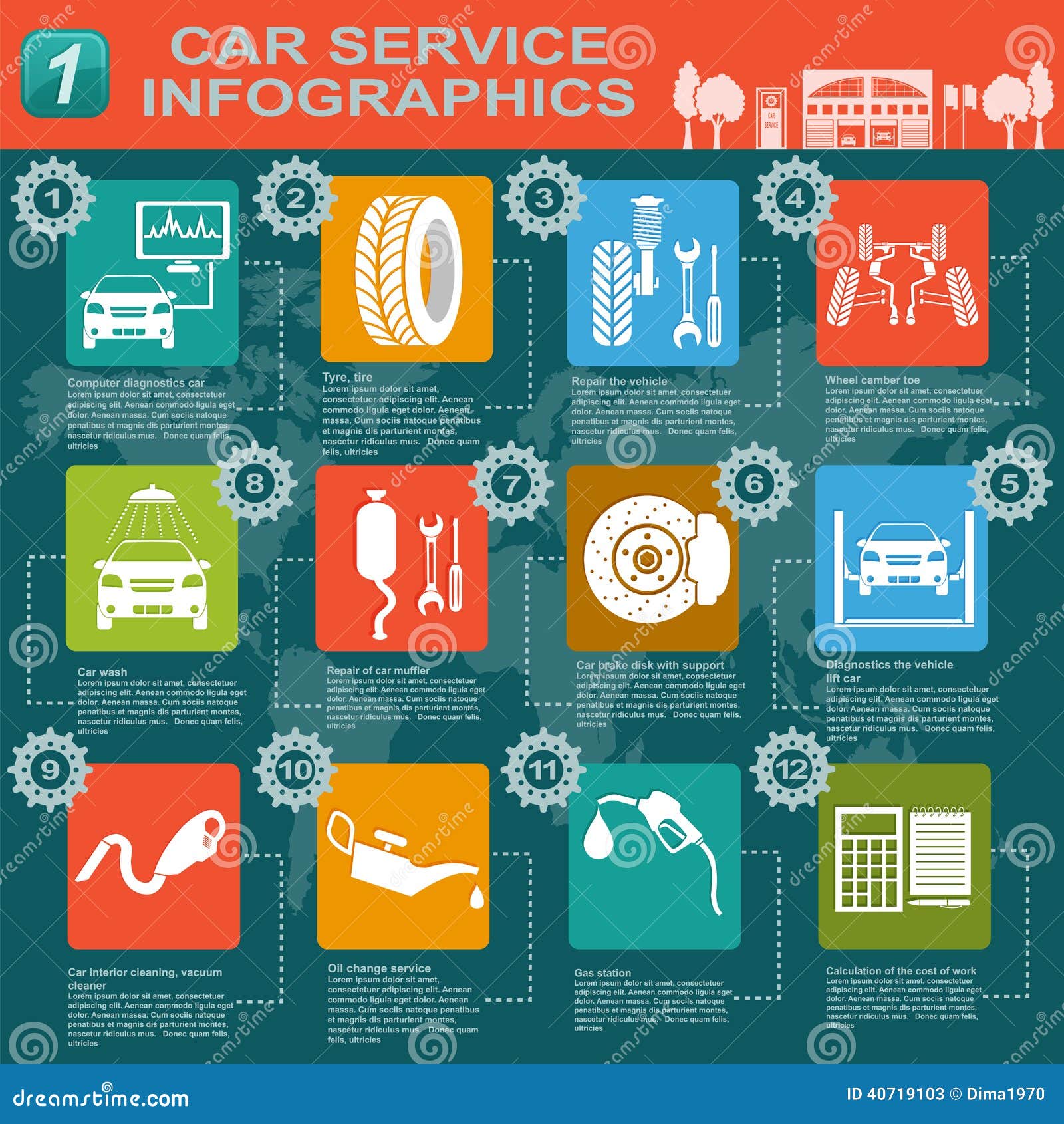Understanding The Value Of Your Auto'S Warning Signals: What They In Fact Represent
Understanding The Value Of Your Auto'S Warning Signals: What They In Fact Represent
Blog Article
Post Created By-Termansen Winters
When you're behind the wheel, those glowing caution lights on your control panel can be a little bit complicated. Do you understand what they're attempting to inform you regarding your automobile's health and wellness? Recognizing the relevance of these lights is vital for your safety and security and the long life of your automobile. So, click here to find out more among those lights pops up, wouldn't you intend to decipher its message precisely and take the needed actions to resolve it?
Common Warning Lights and Interpretations
Recognize typical warning lights in your car and comprehend their definitions to ensure safe driving.
The most regular warning lights consist of the check engine light, which signals concerns with the engine or exhausts system. If this light begins, it's important to have your automobile examined promptly.
The oil pressure advising light suggests low oil stress, calling for instant focus to avoid engine damages.
A flashing battery light might suggest a malfunctioning charging system, potentially leaving you stranded if not attended to.
The tire stress surveillance system (TPMS) light informs you to reduced tire stress, influencing vehicle security and fuel efficiency. Overlooking this could bring about dangerous driving conditions.
The ABS light indicates a trouble with the anti-lock stopping system, endangering your capability to stop swiftly in emergencies.
Finally, the coolant temperature level alerting light warns of engine overheating, which can result in serious damage if not fixed quickly.
Recognizing these common caution lights will certainly aid you deal with problems immediately and maintain safe driving problems.
Relevance of Prompt Interest
Recognizing the usual caution lights in your auto is just the primary step; the importance of without delay resolving these warnings can't be emphasized enough to guarantee your safety and security when driving.
When a caution light illuminates on your dashboard, it's your vehicle's means of connecting a possible problem that needs interest. Disregarding these cautions can bring about much more severe issues later on, jeopardizing your safety and security and possibly costing you more in repairs.
Prompt focus to warning lights can protect against malfunctions and mishaps. For instance, a flashing check engine light might indicate a misfire that, if left ignored, can create damage to the catalytic converter. Addressing https://cheapoilchange27383.webdesign96.com/30454422/seasonal-cars-and-truck-care-crucial-auto-describing-tips-for-each-season can save you from an expensive repair service.
In a similar way, a brake system warning light could signify reduced brake liquid or used brake pads, vital elements for your safety and security when driving.
DIY Troubleshooting Tips
If you observe a caution light on your dashboard, there are a couple of do it yourself fixing ideas you can attempt before looking for specialist help.
The first step is to consult your automobile's manual to understand what the specific caution light suggests. Often the problem can be as simple as a loosened gas cap activating the check engine light. Tightening the gas cap may settle the issue.
One more common problem is a low battery, which can cause different warning lights. Checking the battery links for rust and ensuring they're safe and secure could repair the problem.
If a warning light continues, you can try resetting it by separating the automobile's battery for a few mins and after that reconnecting it. In addition, examining your car's liquid degrees, such as oil, coolant, and brake fluid, can assist troubleshoot warning lights related to these systems.
Verdict
To conclude, comprehending your car's caution lights is crucial for keeping your car running smoothly and safely. By promptly resolving these alerts and understanding what they mean, you can avoid expensive repairs and potential malfunctions.
Bear in mind to consult your vehicle's manual for specific information on each alerting light and take action appropriately to make certain a hassle-free driving experience.
Keep informed, remain safe when driving!
